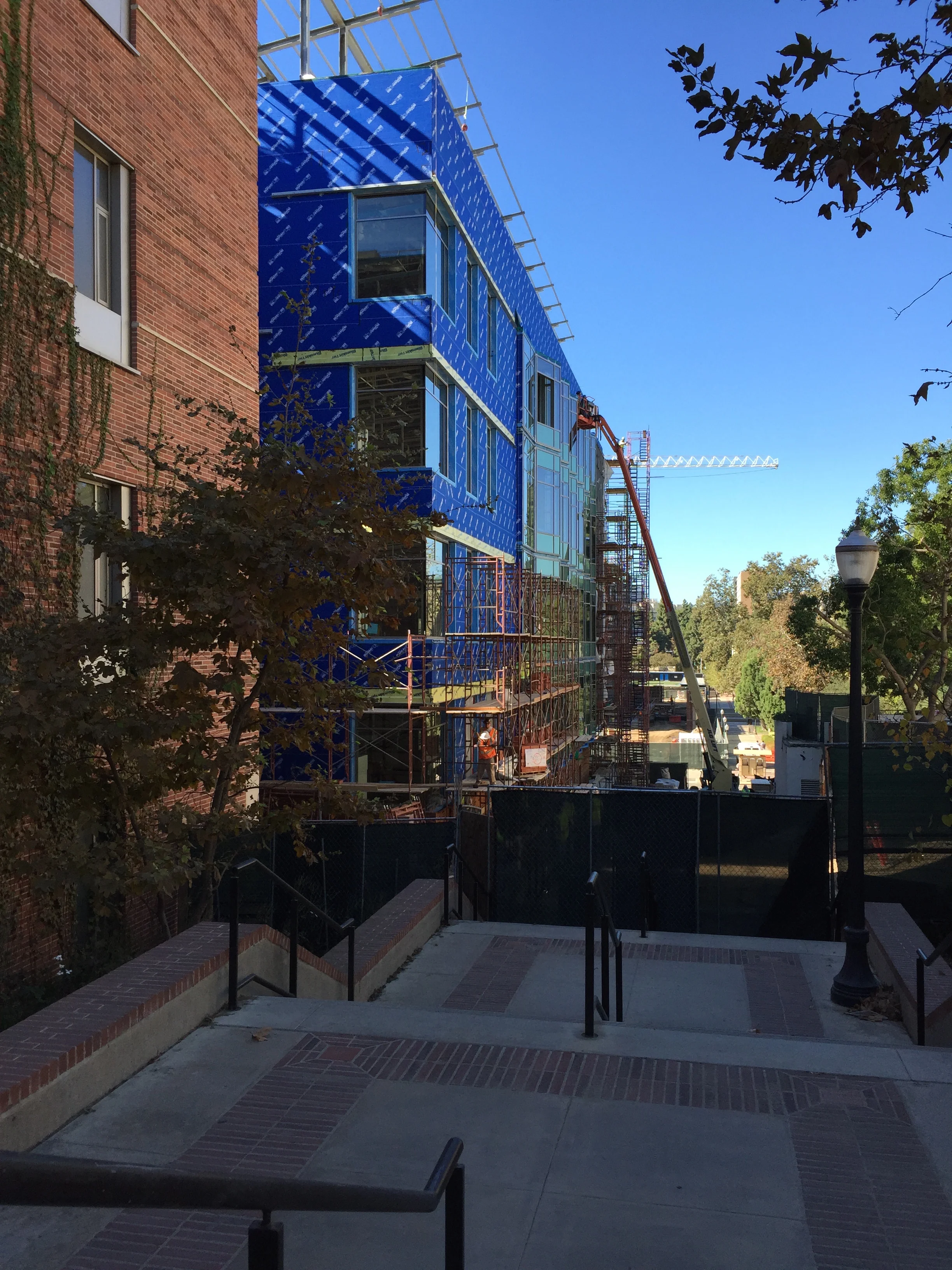Risk Institute Researchers at the 71st Annual Reliability and Maintainability Symposium (RAMS) and the International Workshop on Autonomous Systems Safety (IWASS)
/The Garrick Institute for the Risk Sciences presented at the 70th Annual Reliability and Maintainability Symposium (RAMS) from January 27-30, 2025 in Miramar Beach, Florida. Also, in collaboration with RAMS, the International Workshop on Autonomous Systems Safety (IWASS) was held on January 25-26, 2025. IWASS is a joint effort by the B. John Garrick Institute for the Risk Sciences at the University of California Los Angeles (UCLA), the Norwegian University of Science and Technology (NTNU), and the University of Stuttgart.
The Annual Reliability and Maintainability Symposium (RAMS) is a world-renowned annual symposium alternating between east and west coast areas of the United States and has been continually conducted successfully since 1954. Its purpose is to promote the Reliability, Availability, Maintainability and Safety professions and provide training, education, recognition, and advancement of these professions.
The theme for the 71st Annual Reliability & Maintainability Symposium (RAMS 2025) is “R&M in the Era of AI,” which highlights the critical role of R&M in ensuring the seamless integration and sustained functionality of AI systems.
IWASS is an invitation-only event that gathers key experts on autonomous systems safety from industry, academia, and regulatory authorities. IWASS aims to identify and propose solutions for common challenges related to safety, reliability, and security (SRS) of autonomous systems from an interdisciplinary and cross-industry perspective. IWASS envisions a future where autonomous systems enrich human life while upholding the highest standards of safety, reliability, and security.
PAPERS
Title: “Integrating V2X into Cooperative Driving Automation Risk Assessments” by Camila Correa-Jullian, Ali Mosleh, and Jiaqi Ma
This work presents a risk assessment methodology for Vehicle-to-Everything (V2X) and Cooperative Driving Automation technologies based on the Hybrid Causal Logic (HCL) framework.
Title: “Semiconductor Parametric Yield Prediction Using ML & Physics-informed Approach” by Karthik Sankaran, Ali Mosleh, and Kamran Hakim
This paper attempts to evaluate a model for Semiconductor Parametric-Shift Yield using a combination of Machine Learning using E-test data, as well as Physics-informed models.
Title: “Human reliability analysis for maintenance operation: Phoenix and its examples” by Tingting Chen, Marilia A. Ramos, Camila Correa-Jullian, and Ali Mosleh
This paper aims to extend the Human reliability analysis method - Phoenix, focusing on maintenance operations for identifying and assessing human errors, and presents an example application.
Title: “Quantum-enhanced Minimal Cut Set Identification in Fault Trees / Exploring Grover-Enhanced QAOA for Minimal Cut Set Identification” by Gabriel San Martin, Enrique Lopez Droguett
In this paper, we combine quantum-based optimization and probabilistic inference approaches to present a novel methodology to identify minimal cut sets in a fault tree model.
Title: “Safety and Integrity Assessment of Select NG Infrastructure with Hydrogen Blends” by Theresa M. Stewart, Ali Mosleh, Narasi Sridhar, François Ayello, and Abhishek N. Salilkumar
This paper is about system reliability modeling for select existing natural gas systems exposed to hydrogen blending.
Title: “State of Quantum RNNs for Time-Series Forecasting” by Auguste Hirth, and Enrique Lopez Droguett
Survey and explore the capabilities of state-of-the art quantum recurrent neural networks (QRNNs) for time-series analysis for reliability assessment and predictive maintenance.
TUTORIALS
Title: “Quantum-based Fault Tree Analysis” by Gabriel San Martin and Enrique Lopez Droguett
This tutorial presents a translation of the Fault Tree Analysis framework into a Quantum Computation setting. For this, we present algorithms for performing the translation of a fault tree model into a quantum equivalent, in addition to quantum operations to identify minimal cut sets and estimate the failure probability of a system.
Title: “Deep Learning for Prognostics & Health Management” by Enrique Lopez Droguett, and Mohammad Pishahang
Discusses the concepts of AI and deep learning for dealing with massive and multi-dimensional sensor data for characterizing degradation patterns and developing PHM models.














